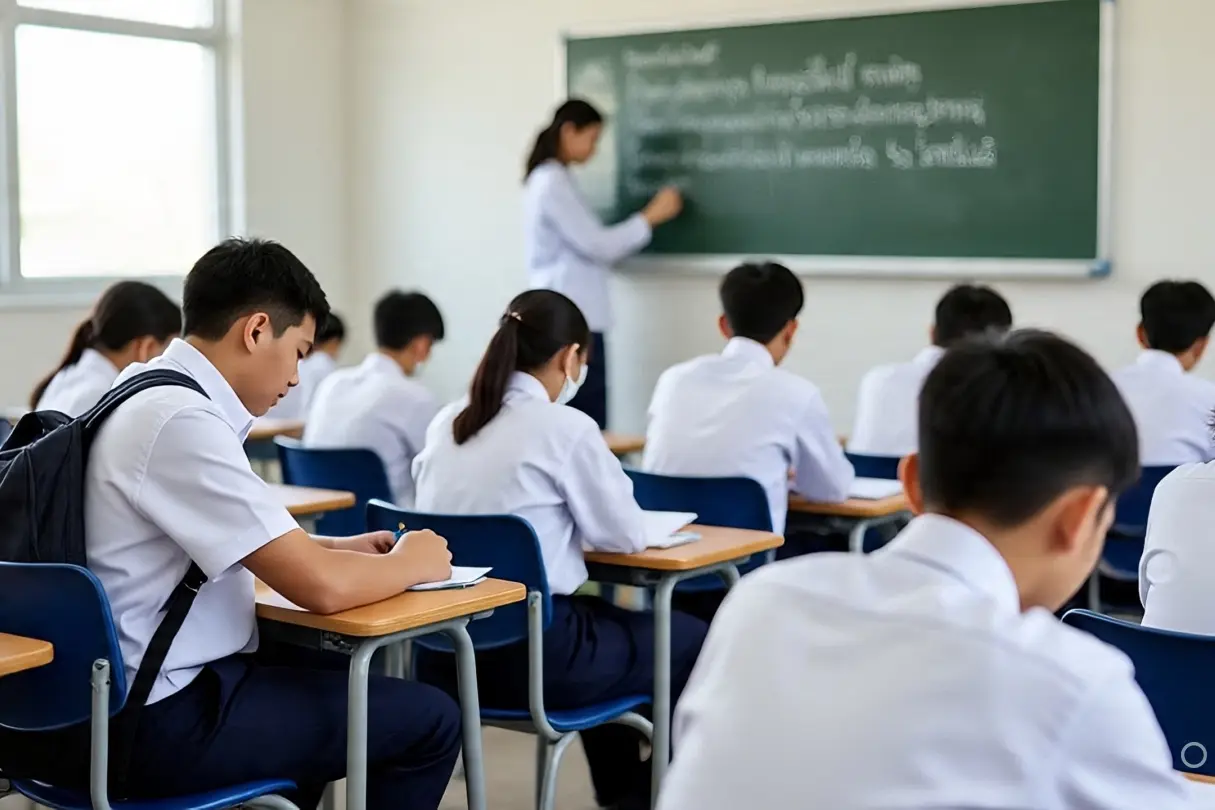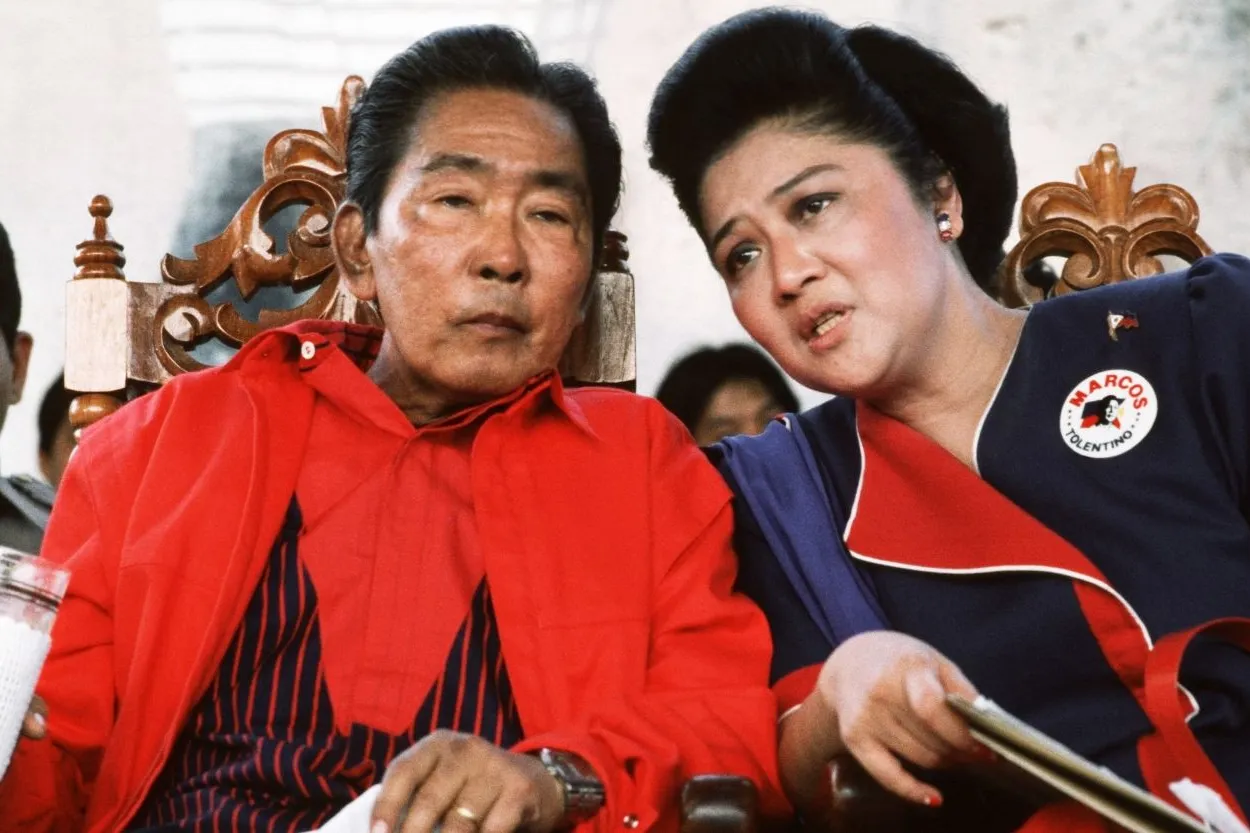What’s the Thai School System Like?
Thailand’s education journey starts with free basic schooling: from kindergarten through lower secondary, it’s compulsory and nearly universal. Students begin with primary grades and move into lower and upper secondary tracks—either general or vocational. Despite modern legal frameworks supporting alternative schooling, like homeschooling, most children still attend traditional public schools. High passing rates in early years dwindle by upper secondary, reflecting systemic challenges in keeping students engaged through to graduation.
At its core, the system emphasizes uniformity: from uniforms and discipline to standardized exams. While thoughtful lessons exist, much of the curriculum—especially in early grades—focuses on memorizing royalist narratives and national history rather than questioning them. Teaching creativity? It rarely surfaces until much later, if at all.
Rote Memorization vs. Critical Thought: The Conditioning Debate
Thailand’s reliance on rote learning isn’t unique in Asia. But the way it’s structured—paired with history teaching that highlights monarchy and obedience—has sparked claims that it’s intentionally molding docile citizens. In early grades, students might face questions like “What heroic act did this king do?” with only one accepted answer. It’s conditioning through repetition, not exploration.
At the same time, educators and policymakers increasingly acknowledge this design flaw. Critical thinking scores in national assessments are alarmingly low—the kind of statistic that makes any government blink. Workshops and pilot programs under the education ministry have launched with international support to shift toward analytical learning. Yet deeply embedded social norms and exam-driven culture slow progress.
How Thailand Stacks Up Against Neighbors
Southeast Asia paints a varied picture. Countries like Singapore and Vietnam have outperformed Thailand on international assessments by a wide margin. Their secret? They combined mastery of basics with problem-focused, depth-driven learning—while still maintaining disciplined classroom structures.
Here’s a neat comparison:
| Feature | Thailand | Singapore & Vietnam |
|---|---|---|
| Learning Style | Rote & exam-oriented | Mastery-based, conceptual |
| Critical Thinking Integration | Few, pilot programs only | Core part of curriculum |
| Teacher Quality & Training | Inconsistent, underfunded | High standards, competitive recruitment |
| National Vision for Reform | Politically weak, fragmented | Clear, sustainable commitment |
Thailand has experimented with school autonomy and “education sandbox” zones where local schools can try new methods. Yet scaling those successes across the nation remains slow, especially without systemic political will.
Two Sides of the Coin: Conditioning or Practical Constraint?
It’s one thing to argue that rote learning is a tool of social control—another to see it as the byproduct of logistical struggle.
On one hand:
-
The curriculum reinforces loyalty to monarchy and authority from a young age.
-
History teaching often offers single-answer “hero” framing.
-
Uniformity and obedience are cultural and political staples, especially during military-led governments.
On the other:
-
Teachers are undertrained and underpaid, making interactive or critical methodologies hard to implement.
-
Schools are uneven: urban zones may pilot innovation, but remote regions lag behind.
-
Political instability and short-lived reform efforts create inconsistency and discourage deep change.
Thailand’s system is partly about what it teaches—and partly about how broken the enabling systems are. Fixing teaching methods is equally about empowering teachers, stabilizing oversight, and committing to long-term curriculum reform.
Why This Debate Speaks Volumes
This isn’t just academic—education shapes national identity. When classrooms emphasize memorizing history over questioning it, citizens grow up with limited capacity for societal critique. Yet, change is possible: students are craving engagement, fresh teaching models are surfacing, and ASEAN comparisons highlight just how far Thailand could climb with dedication.
The real challenge is aligning the educational system with the future—not just laying down facts, but empowering young minds to ask “Why,” “How,” and “What if?”




